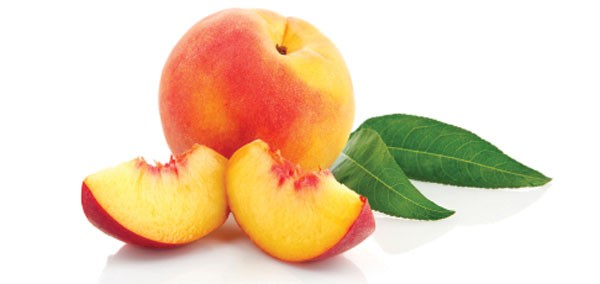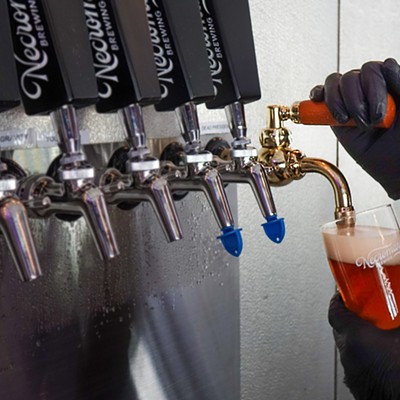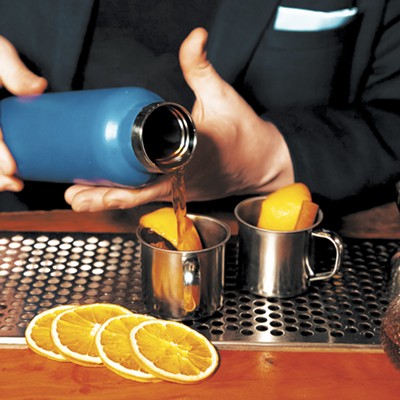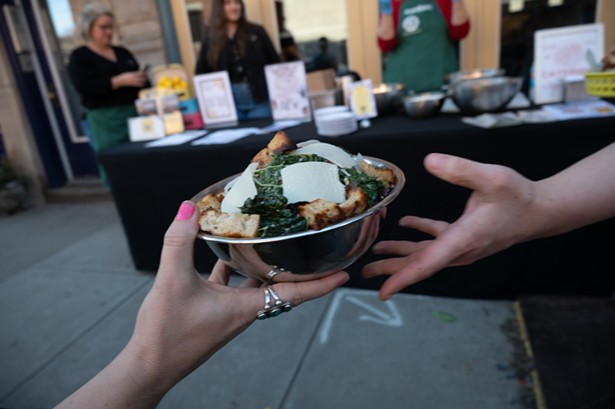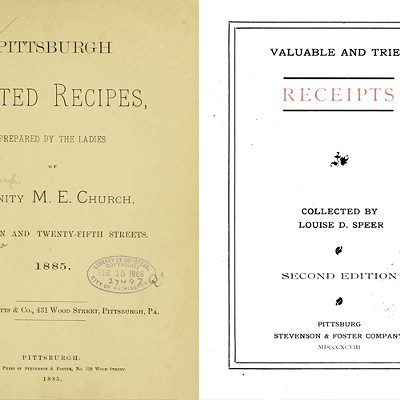At first, the thought of putting a jigger of vinegar in your cocktail might sound unappetizing. But what if you combined that vinegar with ripe fruit and sugar? You'd be drinking a concoction that's been around since America's colonial days — the shrub.
The "shrub," whose name is derived from the Arabic word for "drink" and shouldn't be confused with the woody ornamental plant, was pioneered by New World settlers who couldn't afford to let anything go to waste.
"They were preserving the last of the harvest so that they could keep it all winter long," says Legume general manager Alex Osgood. After reading about the use of shrubs in cocktails, Osgood realized it fit in with the establishment's ethos to "preserve and ferment things." And while chefs have long added vinegar to round the edges of a dish, Osgood found the results are just as effective in a cocktail.
He's experimented with several shrubs so far. His first attempt, a rhubarb-vanilla shrub, didn't make it out of the kitchen. But his peach shrub (fresh peaches, honey, white balsamic vinegar) has become part of a hit cocktail at Legume's bar. It's called a Cider House Julep: a mix of peach shrub, five-week-aged Wigle whiskey and muddled mint, shaken and served over ice. The pungent aroma quickly yields to a savory, sweet and well-rounded flavor that captures the essence of late summer.
If you want to play along at home, it's pretty easy to make a shrub. Cut fruit into bite-sized pieces and mix in an equal part of sugar. Cover the mixture, and store in the refrigerator for a day, so the sugar has time to extract liquid from the fruit, then strain liquid (compost leftover solid bits), and add a part of vinegar equal to the initial measure of the fruit.
Osgood recommends letting the mixture sit for a week or two in the fridge before adding to a cocktail. "The flavor really develops," he says.

